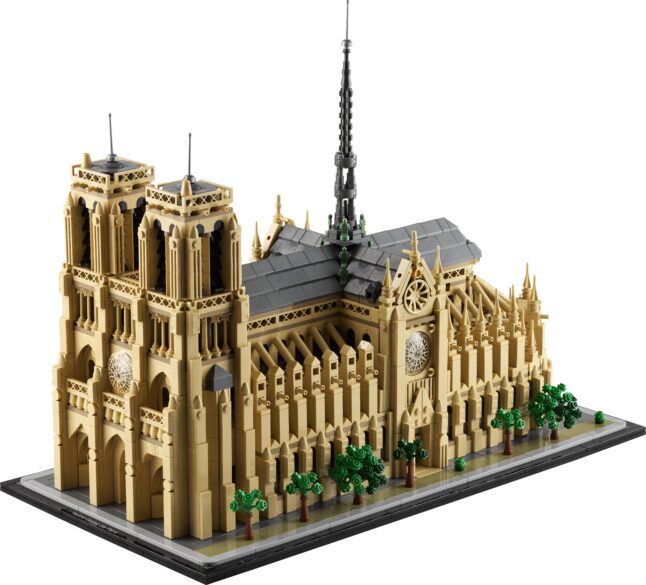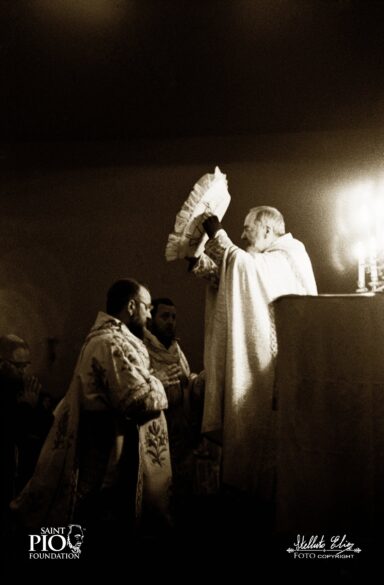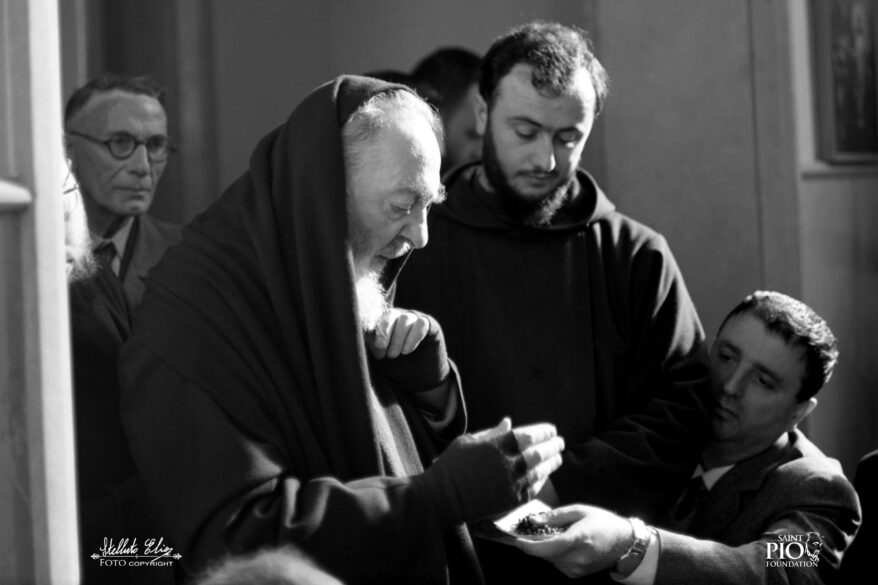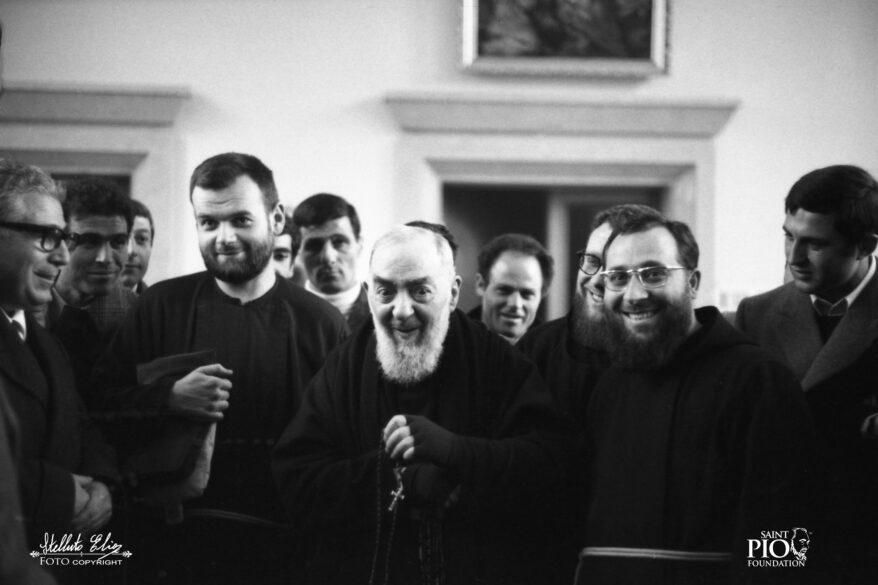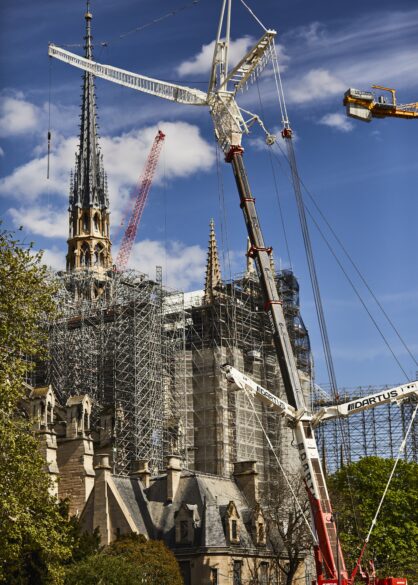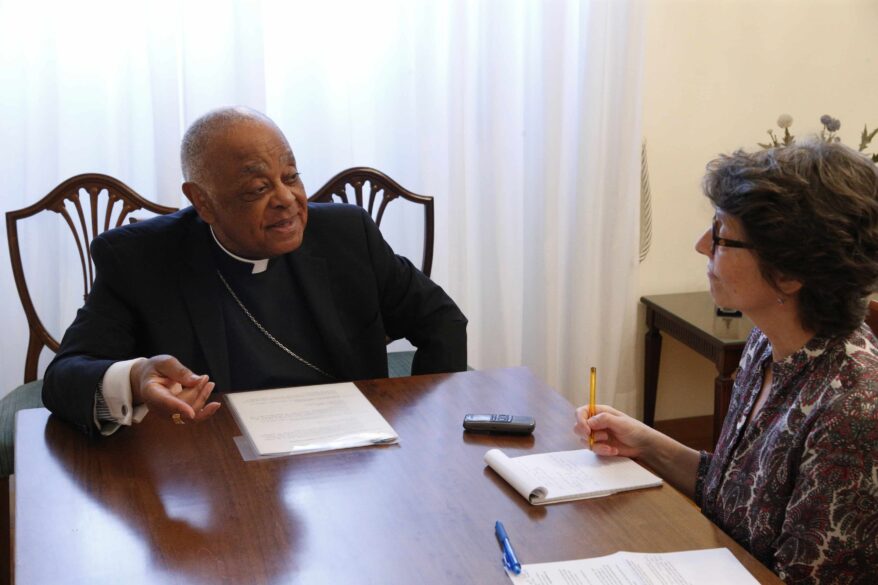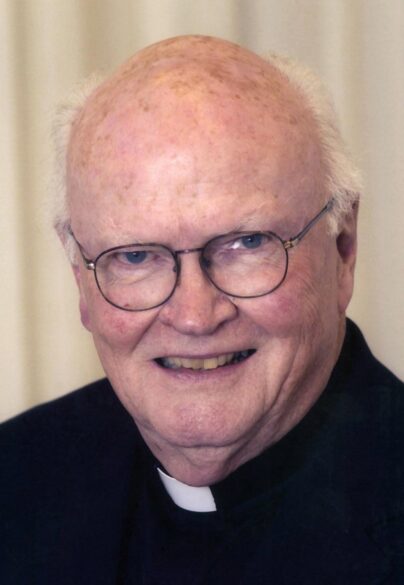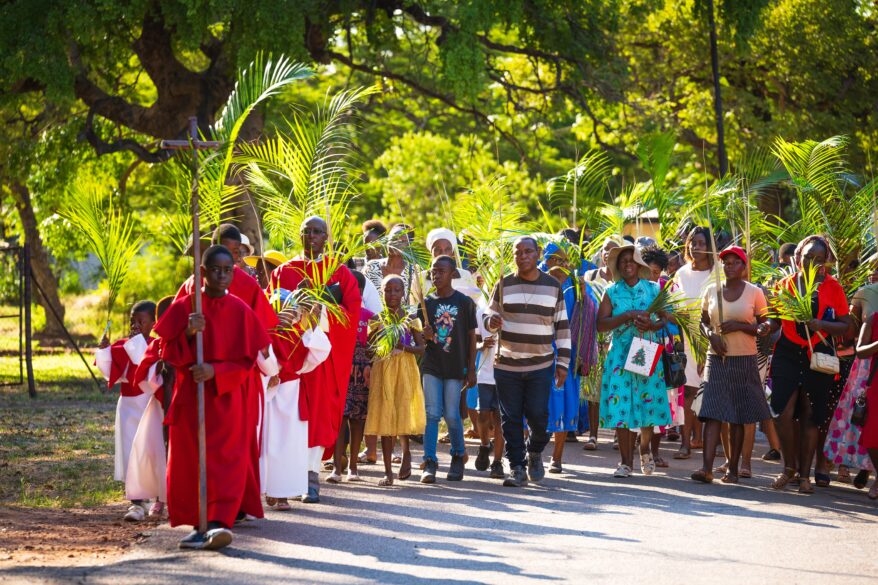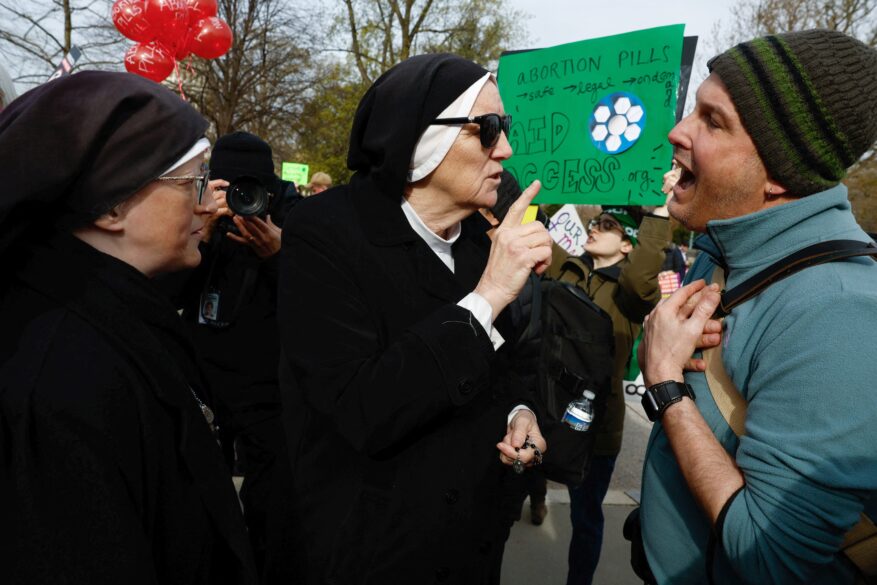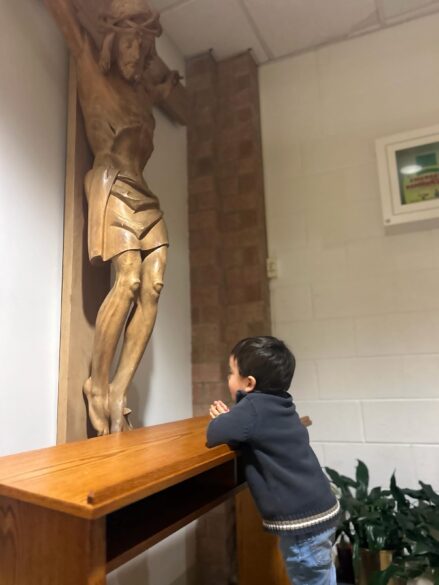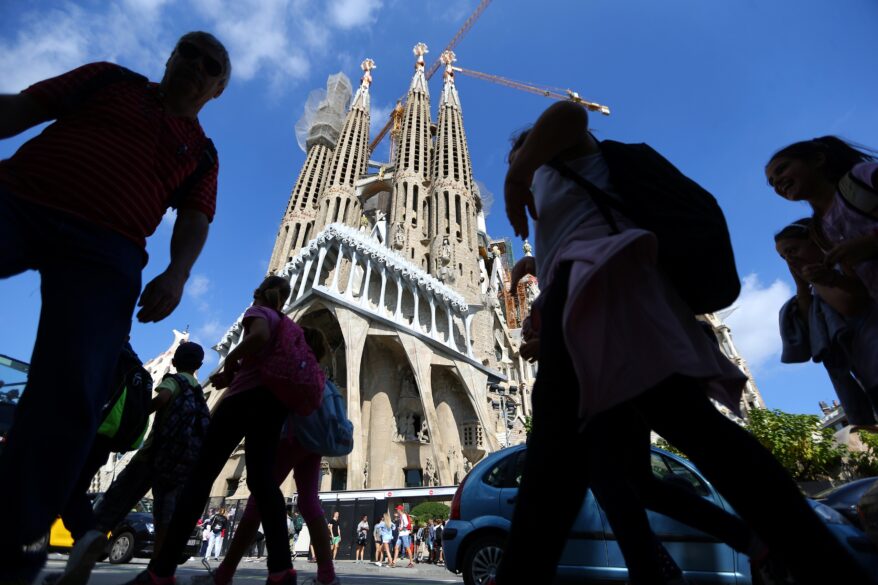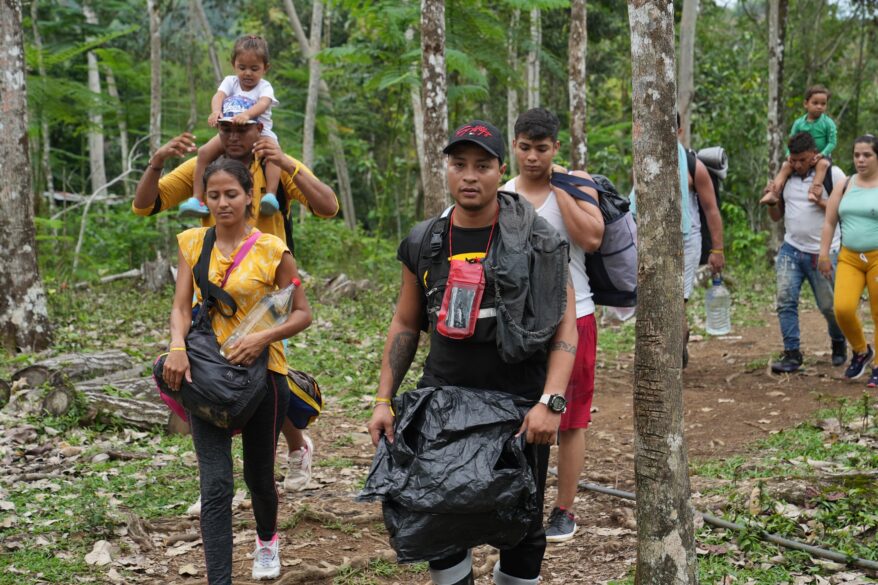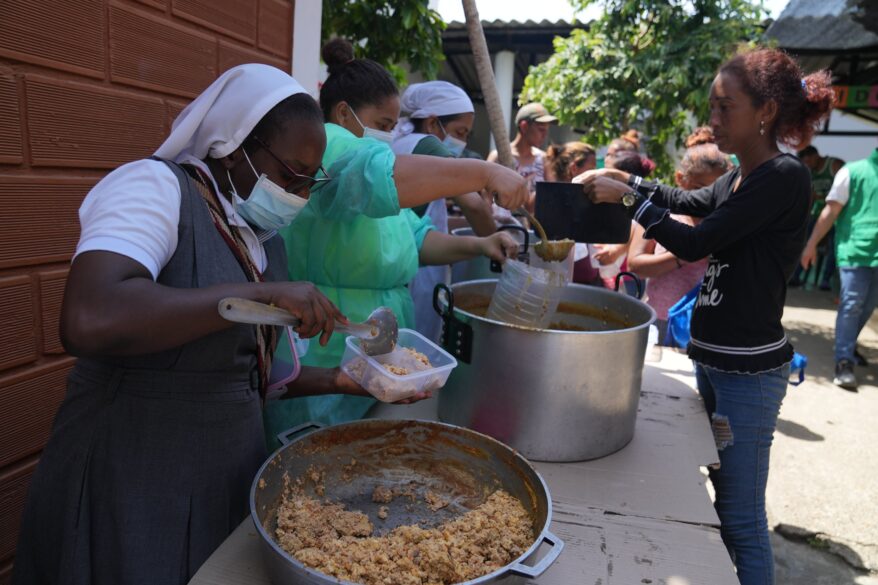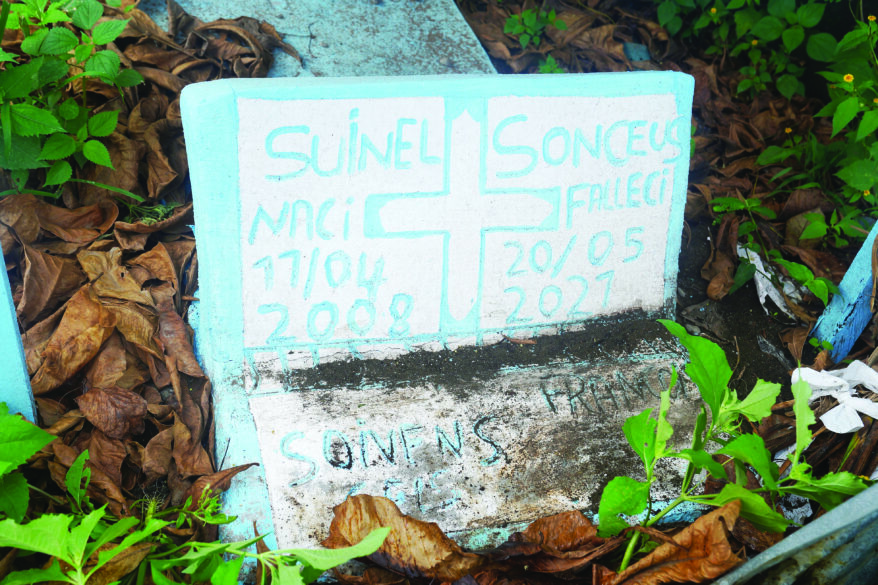NATION
WASHINGTON (OSV News) – The U.S. Catholic bishops’ latest annual report on child and youth protection shows abuse allegations are down, while safe environment protocols have taken root in the church – but guarding against complacency about abuse prevention is critical, as is providing ongoing support for survivors. On May 28, the bishops released their “2023 Annual Report – Findings and Recommendations on the Implementation of the Charter for the Protection of Children and Young People.” For the period from July 1, 2022-June 30, 2023, the report found a more than 51% drop in historical allegations from those reported in the same period last year, from 2,704 in 2022 to 1,308 in 2023. The decrease was partly due to the resolution of allegations received as a result of lawsuits, said the report. Another milestone was the full participation of all 196 dioceses and eparchies in the Charter audit, a 100% response rate that was unprecedented. But the report found that over the past 10 years, the Catholic dioceses and eparchies in the U.S. alone have paid more than $2 billion in costs regarding abuse allegations. Total abuse allegation-related costs in fiscal year 2023 were up 99% over the previous year at more than $260.5 million. Suzanne Healy, chairwoman of the U.S. Conference of Catholic Bishops’ National Review Board, emphasized in the report that as the church moves forward, it cannot risk “fatigue or complacency. We must remain vigilant.”
VICTORIA, Texas (OSV News) – The National Eucharistic Pilgrimage’s perpetual pilgrims’ second week included already iconic events – such as when Cardinal Timothy M. Dolan of New York blessed the city with the Eucharist from a boat near the Statue of Liberty in New York Harbor May 27 – and hidden moments – like when a man got out of a truck in the middle of Oregon, far away from any towns, and genuflected as the Eucharistic caravan passed. On a May 29 media call, the pilgrims shared other stories of encounter and conversion: On the California side of Lake Tahoe, a photographer for a secular news outlet – amazed by the masses of people turning out for processions – told the perpetual pilgrims that he was inspired to learn more about the Eucharist and plans to begin the process for becoming Catholic. Meanwhile, a woman who isn’t able to walk with the pilgrims has been joining each procession along the St. Juan Diego Route since Brownsville, Texas, on a retrofitted tricycle. Also in Texas, some perpetual pilgrims helped bandage a woman’s wounded leg at a homeless shelter, and then the woman – whose name is Hope – asked the pilgrims to pray with her. On the May 29 media call, the perpetual pilgrims acknowledged that their packed days can sap their energy, but explained each “amazing encounter” along their routes also reveals to them the impact that the pilgrimage is having.
VATICAN
VATICAN CITY (CNS) – Pope Francis announced that he is preparing a document on the Sacred Heart of Jesus to “illuminate the path of ecclesial renewal, but also to say something significant to a world that seems to have lost its heart.” The document is expected to be released in September, he said. The pope made the announcement during his general audience in St. Peter’s Square June 5. The Catholic Church traditionally dedicates the month of June to the Sacred Heart of Jesus. The document will include reflections from “previous magisterial texts” and it will aim to “re-propose to the whole church this devotion laden with spiritual beauty. I believe it will do us much good to meditate on various aspects of the Lord’s love,” the pope said. Meanwhile, in his main audience talk, Pope Francis continued a new series on the relationship between the Holy Spirit and the church. He said the freedom Jesus offers with his Spirit has nothing to do with the selfishness of being free to do what one wants, but it is “the freedom to freely do what God wants! Not freedom to do good or evil, but freedom to do good and do it freely.”
VATICAN CITY (CNS) – Although Pope Francis usually takes the month of July off – except for leading the recitation of the Angelus on Sundays – he will hold a consistory with cardinals in Rome July 1 for the final approval of the canonization of several sainthood candidates, according to the master of papal liturgical ceremonies. In late May, the Dicastery for the Causes of Saints said Pope Francis would be convoking the meeting of cardinals to vote on approving the canonizations of Blessed Carlo Acutis, an Italian teen and computer whiz; Blessed Giuseppe Allamano, founder of the Consolata Missionaries; eight Franciscan friars and three Maronite laymen who were martyred in Syria in 1860; Canada-born Blessed Marie-Léonie Paradis, founder of the Little Sisters of the Holy Family; and Blessed Elena Guerra, an Italian nun who founded the Oblates of the Holy Spirit. The date or dates for the canonizations could be announced during the ceremony.
WORLD
LOURDES, France (OSV News) – Surrounded by almost 15,000 military personnel from around the world, Airman 1st Class Quenton Cooper felt a deep sense of fraternity during a May 24-26 pilgrimage to Lourdes, France. Cooper was one of 183 American pilgrims who journeyed to Lourdes for the annual International Military Pilgrimage. Every year since 1958, the French army has invited soldiers from across the world to come together for three days of festivities, prayer, and fraternity in Lourdes, the frequented pilgrimage site where Mary appeared to St. Bernadette in 1858. “This trip has bolstered my spiritual life because it has reminded me that I’m not alone in my prayer life and that the church is not just located in one country, but it’s a community that extends all over the world,” Cooper said. “It is this reminder that no matter who we are, we need to thrive, and God will put us in.” For over 20 years, the Knights of Columbus and the U.S. Archdiocese for the Military Services have co-sponsored the Warriors to Lourdes pilgrimage, bringing both active-duty service members and veterans from across the world to seek healing through the pilgrimage. The pilgrimage also provides participants from a military background the opportunity to experience fraternity with the global church, said military chaplain Father Philip O’Neill.
SAN SALVADOR (OSV News) – A recent decision by officials in El Salvador to remove a painting of St. Óscar Romero from a prominent location in the nation’s main airport and move it to a secluded area, generated backlash from Catholics and opinion leaders, who have been critical of how the nation’s government is treating national symbols while trying to rebrand the country as a safe, tourist-friendly destination. The 18-foot-wide painting depicts scenes of St. Romero’s life, including a meeting that he had with people whose relatives had been abducted by the military. The painting was commissioned in 2010 to mark the 30th anniversary of St. Romero’s murder and it had been placed in a hallway of the airport’s departure hall, where it could be easily seen by passengers as they headed to their gates. It was passengers at the airport who noted that the painting was no longer at its original location and had been replaced with a poster that welcomes tourists to El Salvador, “the land of surfing, volcanoes and coffee.” Officials initially provided no explanation for the painting’s removal, sparking criticism from some Catholic leaders. Carlos Colorado, a Salvadoran-American lawyer who runs a blog about St. Romero, said that he was concerned that El Salvador’s current government was being dismissive of the bishop’s contribution to the nation’s history. St. Romero was the archbishop of San Salvador in the late 1970s, a turbulent period that led to a full-fledged civil war, in which more than 75,000 people were killed.

